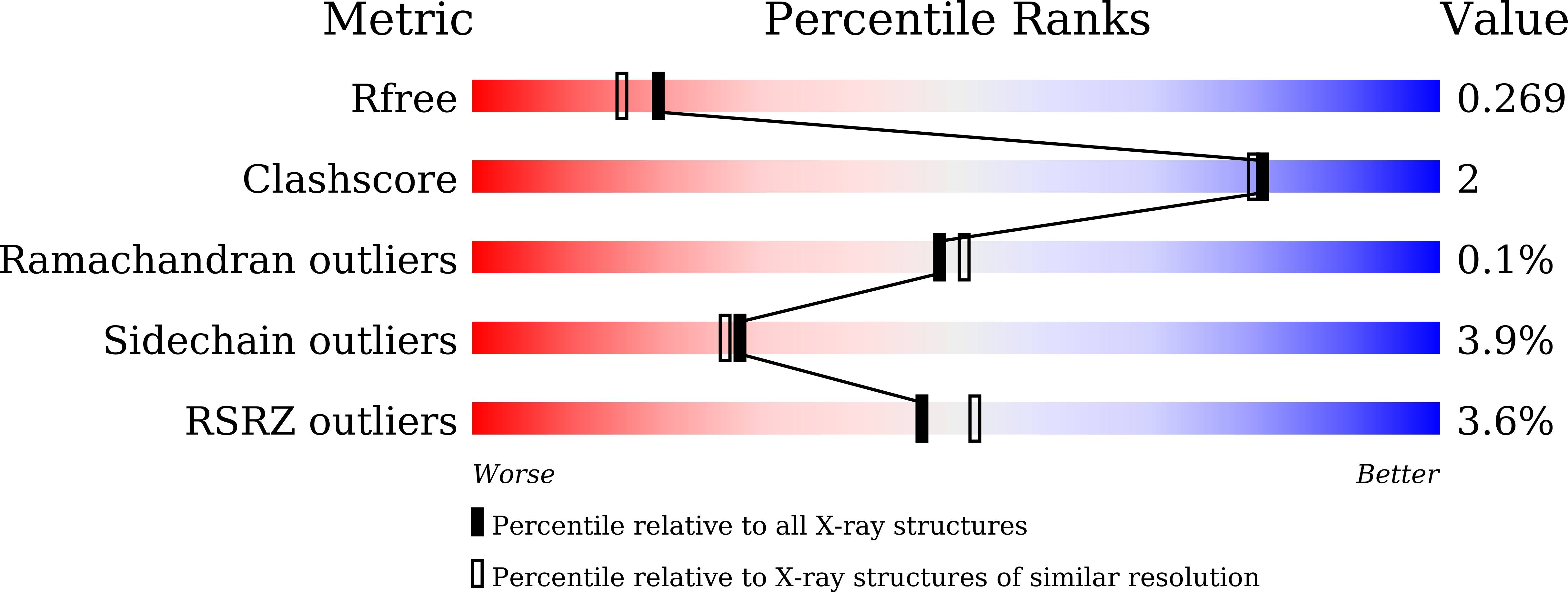
Deposition Date
2024-11-22
Release Date
2025-06-25
Last Version Date
2025-07-02
Entry Detail
PDB ID:
9KOZ
Keywords:
Title:
Crystal structure of Arabidopsis thaliana HPPD complexed with iptriazopyrid
Biological Source:
Source Organism:
Arabidopsis thaliana (Taxon ID: 3702)
Host Organism:
Method Details:
Experimental Method:
Resolution:
2.15 Å
R-Value Free:
0.26
R-Value Work:
0.21
Space Group:
P 1 21 1


